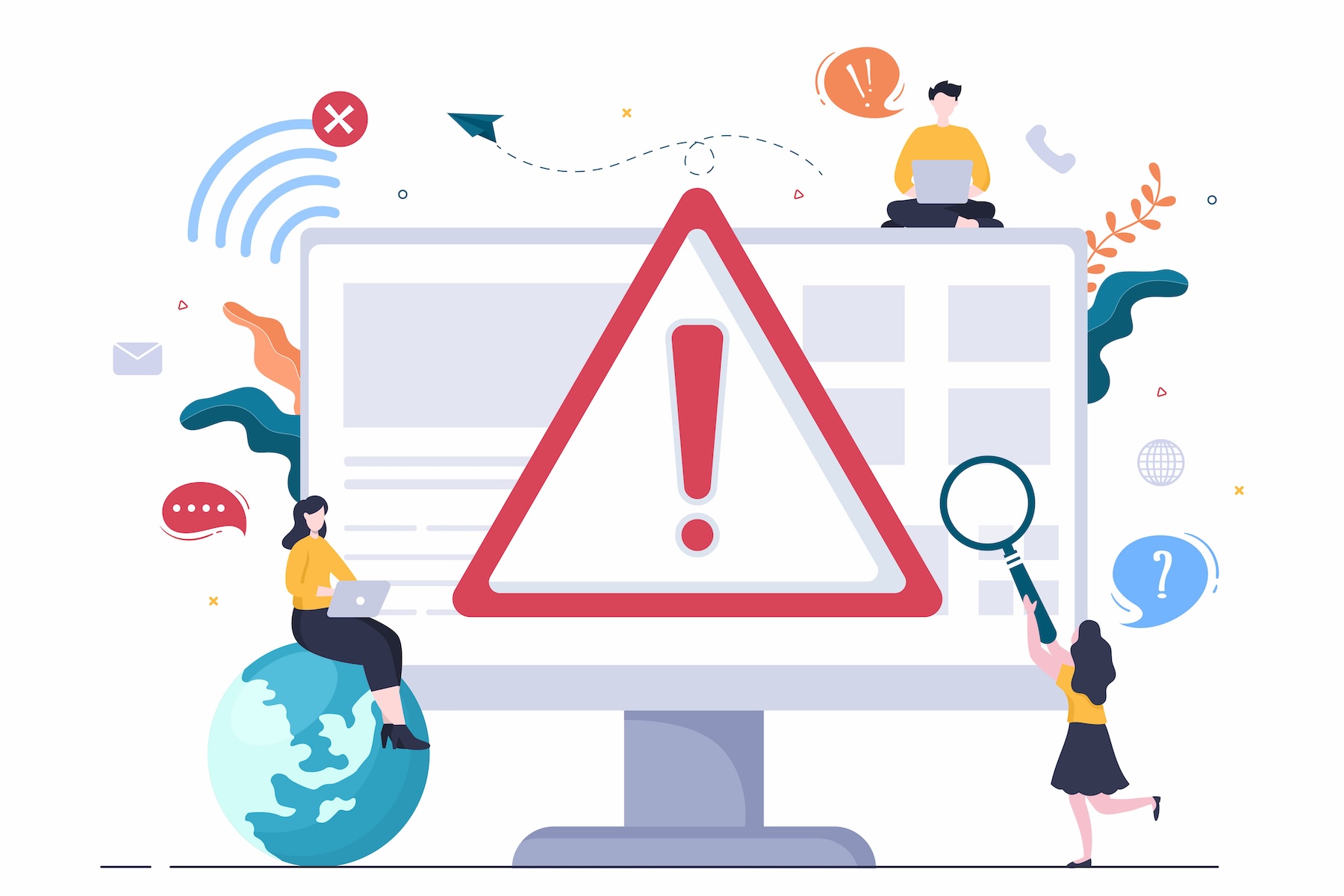Building a business website is one of the most important investments you’ll ever make. It’s your digital storefront, your 24/7 salesperson, and often the first impression potential customers have of your brand. Yet, many businesses unknowingly sabotage their success with critical website mistakes. Whether you’re launching a new site or refreshing an old one, avoiding these five common pitfalls can make all the difference in performance, user experience, and conversions.
1. Neglecting Mobile Optimization
If your site doesn’t look and function perfectly on a smartphone, you’re losing customers—period. Mobile traffic accounts for more than half of all global web traffic. A site that’s clunky or broken on mobile won’t just frustrate users—it could cost you rankings on Google as well. Search engines prioritize mobile-friendly websites in their search results, especially since the introduction of mobile-first indexing.
Fix it: Choose a responsive design that automatically adjusts to different screen sizes. Test your site on various devices to ensure buttons are tappable, text is readable, and navigation is smooth.
2. Focusing on Design Over Strategy
Yes, your website should look good. But design without strategy is just decoration. Too many businesses focus on flashy animations and pretty templates while ignoring the user journey, calls to action, and how the site supports their goals (like lead generation or sales).
Fix it: Before designing anything, clarify your goals. Are you trying to capture leads, book appointments, or sell products? Every element—from layout to copy to images—should guide visitors toward taking a specific action.
3. Ignoring SEO Basics
Search Engine Optimization (SEO) isn’t just for bloggers or marketing nerds. If your site isn’t optimized, it’s invisible to the people searching for exactly what you offer. Many businesses forget to add meta tags, alt text, and proper keyword use. Even worse, some don’t submit their site to Google at all.
Fix it: Implement on-page SEO best practices. Use clear headings, descriptive URLs, and keywords your audience is actually searching for. Create high-quality content and ensure your site loads fast and is secure (SSL-enabled). And yes—submit your sitemap to Google Search Console.
4. Using Low-Quality or Stocky Content
Your content is your voice online. If it’s generic, robotic, or obviously stock-generated, you won’t build trust. Many small businesses rely heavily on filler content or outdated language. Others forget that images and videos also count as content—and they often opt for generic stock photos that don’t resonate.
Fix it: Write content in your brand’s authentic voice, and speak directly to your customer’s problems and goals. Use real photos where possible, and consider case studies, testimonials, or explainer videos to build credibility.
5. Lack of Clear Calls to Action (CTAs)
A website without clear direction is like a salesperson who never asks for the sale. Your visitors need to know what to do next: Should they call you? Fill out a form? Download something? Too often, sites bury their CTAs or leave them out entirely.
Fix it: Every page should have a primary CTA—and it should stand out. Use action-oriented language like “Book a Free Call,” “Get a Quote,” or “Download the Guide.” Make buttons large and visible, and place them strategically (like above the fold and at the end of key sections).
Bonus Mistake: Not Updating Regularly
Websites are not a one-and-done project. Leaving outdated content, broken links, or expired offers on your site can seriously damage your brand’s credibility.
Fix it: Schedule quarterly audits of your site. Refresh your content, test your links, and ensure all your software (like plugins or themes) is up to date.
Final Thoughts
Your website is more than just an online brochure—it’s a powerful marketing and sales engine. By avoiding these common mistakes, you can create a user-friendly, high-converting site that truly supports your business goals. If you’re not sure where to start, consider working with a team that specializes in strategic WordPress design and managed hosting—so you can focus on growing your business while the tech side is handled.
Want expert help fixing any of these issues? Check out our Managed WordPress Hosting services to get started with a team that takes your website seriously.

